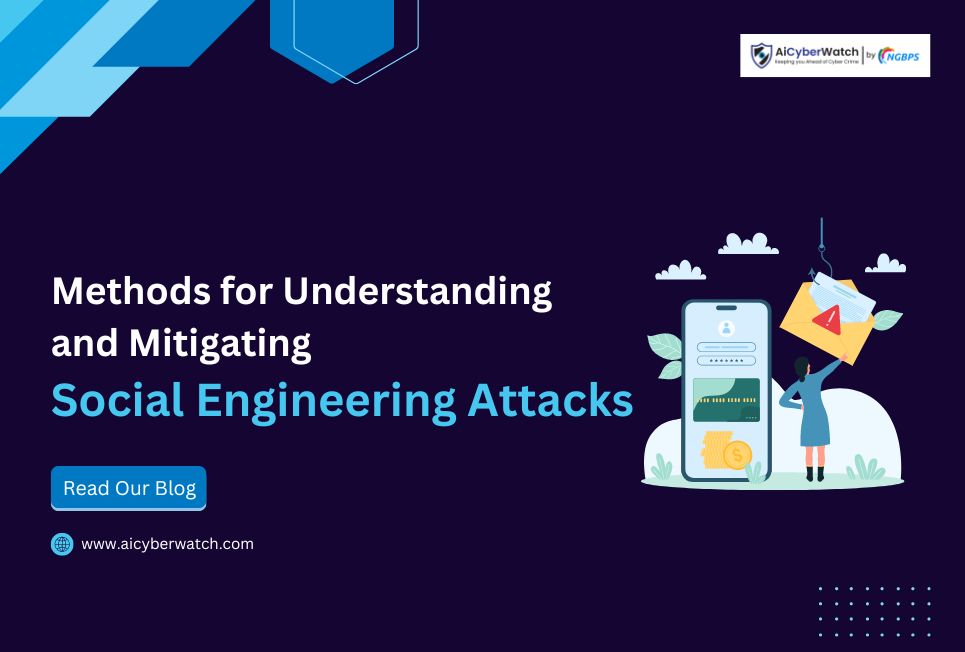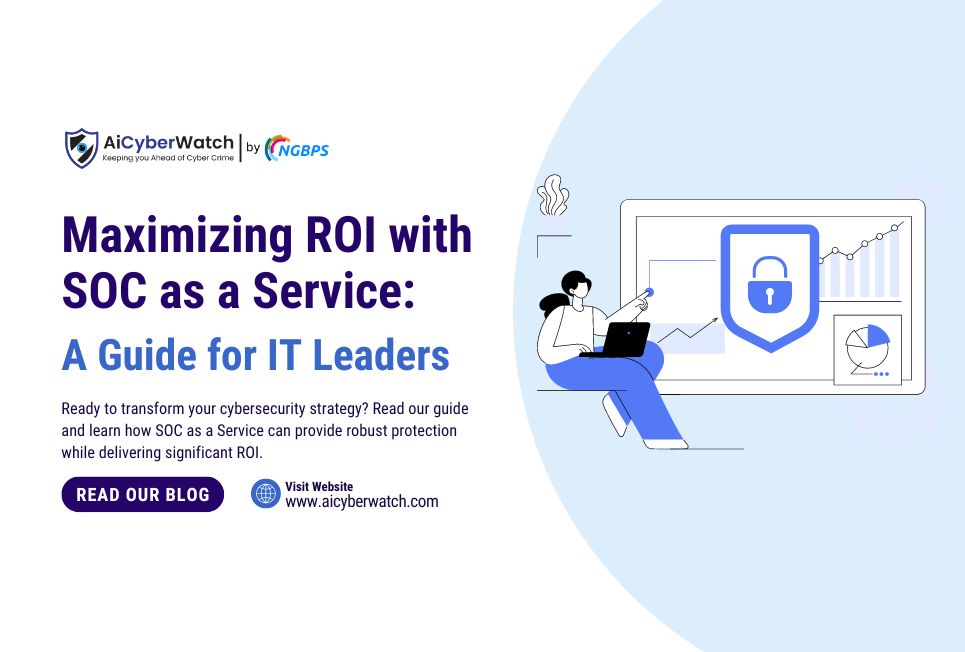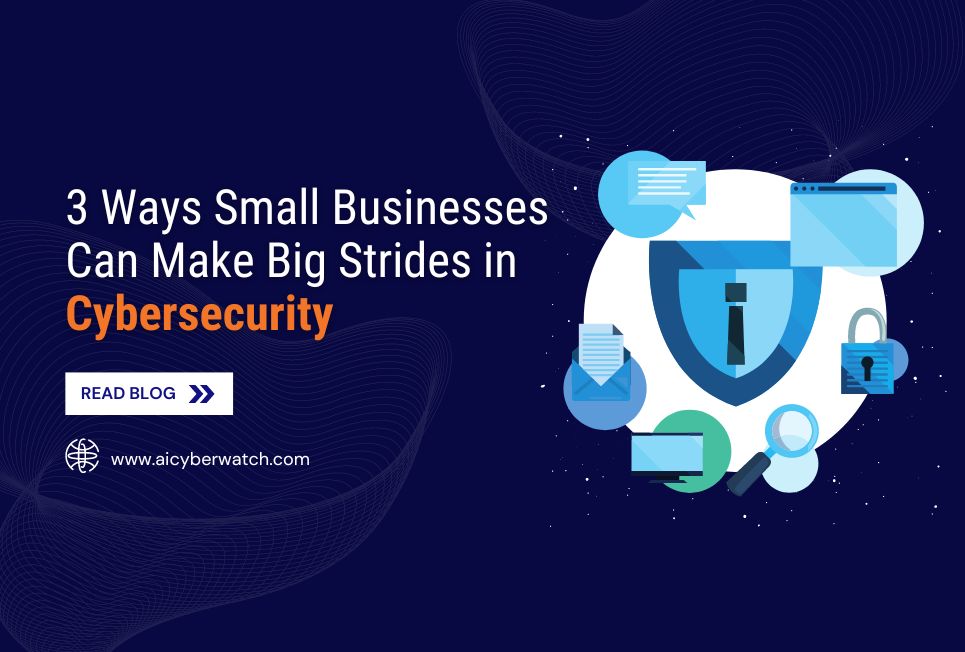In the ever-evolving landscape of cybersecurity threats, social engineering attacks represent a persistent and evolving threat. These attacks rely on manipulating human psychology rather than exploiting technical vulnerabilities, making them particularly challenging to defend against. From phishing emails to pretexting phone calls, social engineering tactics continue to evolve, posing significant risks to individuals and organizations alike. Understanding these threats and implementing effective countermeasures are essential steps in fortifying defenses against social engineering attacks.
Statistics Highlighting the Threat
Prevalence of Social Engineering: According to the Verizon 2021 Data Breach Investigations Report (DBIR), social engineering attacks were involved in approximately 36% of data breaches analyzed.
Phishing Attacks on the Rise: The Anti-Phishing Working Group (APWG) reported a significant increase in phishing attacks, with over 222,000 unique phishing websites detected in the first quarter of 2021 alone.
Costly Consequences: The cost of social engineering attacks can be substantial for organizations, with the average total cost of a data breach reaching $4.24 million according to the IBM Cost of a Data Breach Report 2021.
Understanding the nature of Social Engineering Attacks
Social engineering attacks leverage deception and manipulation to trick individuals into divulging sensitive information, providing unauthorized access, or performing actions that compromise security. These attacks exploit various aspects of human behavior, such as trust, authority, curiosity, and fear, to achieve their objectives. Common techniques used in social engineering attacks include:
Phishing
Phishing involves sending fraudulent emails or messages that appear to be from legitimate sources, such as banks, government agencies, or reputable organizations. These messages often contain links or attachments that, when clicked or opened, lead to malicious websites or download malware onto the victim’s device.
Pretexting
Pretexting involves creating a fabricated scenario or pretext to manipulate individuals into divulging confidential information or performing actions they wouldn’t normally do. This could include impersonating a trusted authority figure, such as an IT technician or company executive, to gain access to sensitive data or systems.
Baiting
Baiting involves enticing victims with the promise of something desirable, such as a free download, discount coupon, or prize, to lure them into clicking on malicious links or downloading malware-infected files.
Tailgating
Tailgating, also known as piggybacking, involves gaining unauthorized physical access to restricted areas by closely following an authorized person through a secured door or checkpoint.
Strategies for Mitigating Social Engineering Risks
While social engineering attacks can be difficult to detect and prevent entirely, there are several strategies organizations can employ to mitigate their impact:
Employee Training and Awareness: One of the most effective ways to defend against social engineering attacks is to educate employees about the various tactics used by attackers and how to recognize and respond to suspicious behavior. Regular training sessions, simulated phishing exercises, and awareness campaigns can help reinforce security best practices and instill a culture of vigilance within the organization.
Implementing Multi-Factor Authentication (MFA): MFA adds an extra layer of security by requiring users to provide multiple forms of verification before accessing accounts or systems. This helps mitigate the risk of unauthorized access even if credentials are compromised through social engineering tactics.
Use Email Filtering and Anti-Spam Solutions : Deploying email filtering and anti-spam solutions can help detect and block phishing emails before they reach users’ inboxes. These solutions utilize advanced algorithms and heuristics to analyze email content, attachments, and sender reputation to identify and quarantine suspicious messages.
Establishing Security Policies and Procedures: Develop clear security policies and procedures outlining acceptable use of company resources, handling of sensitive information, and protocols for responding to suspicious requests. Regularly review and update these policies to address emerging threats and vulnerabilities.
Limit Access to Sensitive Information: Restricting access to sensitive data and systems to only authorized personnel can help mitigate the risk of social engineering attacks. Implementing the principle of least privilege ensures that employees only have access to the information and resources necessary to perform their job duties, reducing the potential impact of a security breach.
Establish Incident Response Protocols: Developing and regularly testing incident response protocols enables organizations to effectively respond to and mitigate the consequences of social engineering attacks when they occur. This includes procedures for reporting incidents, conducting forensic analysis, containing the attack, and restoring affected systems and data.
Simulated Phishing Exercises: Conducting simulated phishing exercises can help organizations assess their employees’ susceptibility to social engineering attacks and identify areas for improvement. Provide feedback and additional training based on the results of these exercises to reinforce security awareness.
Conclusion
Social engineering attacks continue to pose significant risks to individuals and organizations, exploiting human vulnerabilities to bypass technical defenses. By understanding the tactics used in social engineering attacks and implementing effective countermeasures, organizations can reduce their susceptibility to these threats and mitigate the potential impact on their security and operations.
With a proactive approach to security awareness, employee training, and robust security controls, organizations can bolster their defenses and minimize the risks posed by social engineering attacks. By prioritizing security measures and staying vigilant against evolving threats, organizations can effectively defend against social engineering attacks and safeguard their sensitive information and assets.
Remember, cybersecurity is a shared responsibility, and everyone within an organization plays a crucial role in defending against social engineering attacks. By fostering a culture of security awareness and implementing robust security controls, organizations can better protect themselves against this pervasive threat landscape.
To Know More About Cybersecurity Services and Social Engineering Assessment, Click Here – https://www.aicyberwatch.com







 Call Us
Call Us